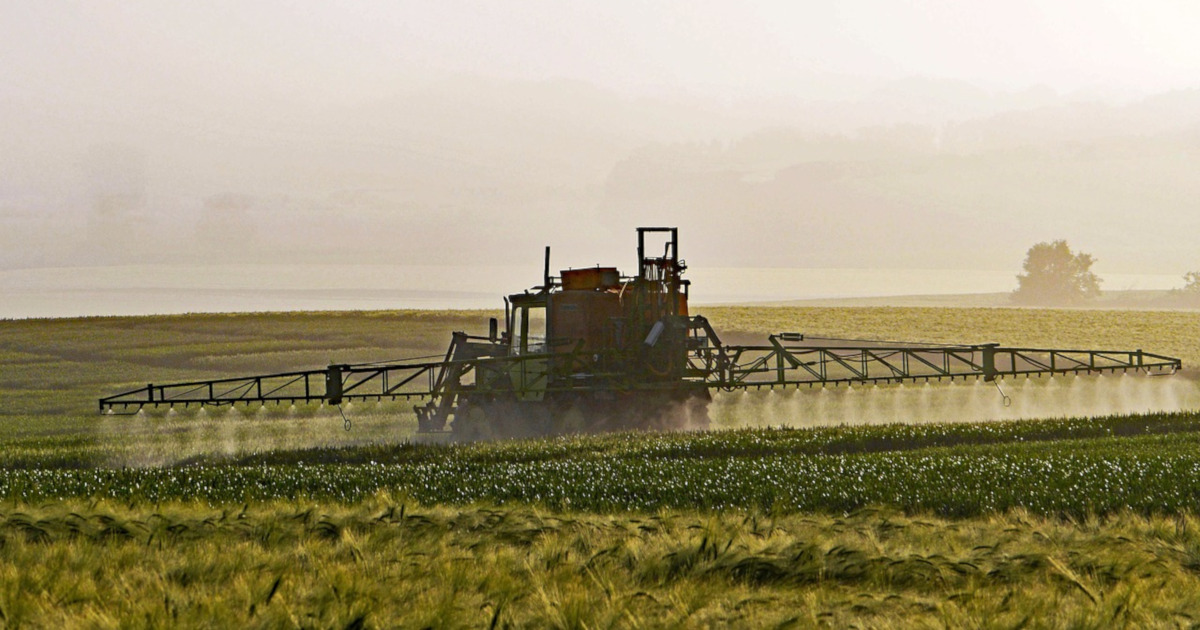
The Fertiliser Trap
The cost of chemical fertilisers in both the global North and South has skyrocketed over the past two years and is putting severe economic strain on farmers’ and public budgets.
April 1, 2023 | Source: The Institute for Agriculture and Trade Policy | by
KEY FINDINGS
- The cost of chemical fertilisers in both the global North and South has skyrocketed over the past two years and is putting severe economic strain on farmers’ and public budgets.
- G20 nations paid almost twice as much for key fertiliser imports in 2021 compared to 2020 and are on course to spend three times as much in 2022 — an additional cost of at least US$ 21.8 billion. For example, the UK paid an extra US$ 144 million for fertiliser imports in 2021 and 2022, and Brazil paid an extra US$ 3.5 billion.
- Nine developing countries are on course to pay three times more in 2022 than they did in 2020. These countries include Pakistan, which paid an extra US$ 874 million, and Ethiopia, which paid an extra US$ 384 million in 2021 and 2022.
- The world’s largest fertiliser companies are making record profits as farmers struggle to cope with increased prices. Nine of the world’s largest fertiliser companies are expected to make US$ 57 billion in profit in 2022, up more than fourfold from two years ago; their profits in 2021 and 2022 are on course to come to a total of US$ 84 billion.
- Actions must focus on reducing the consumption of chemical fertilisers and supporting alternative technologies — not increasing production. This will cut costs, and the damage which chemical fertilisers cause to the environment and the climate.
